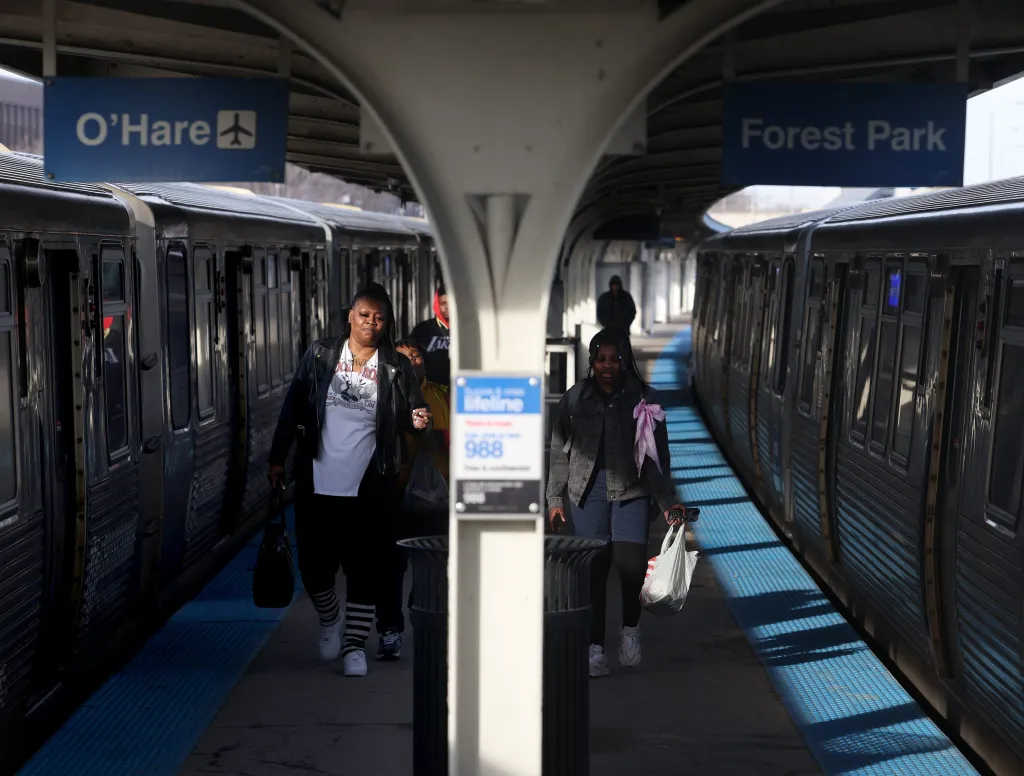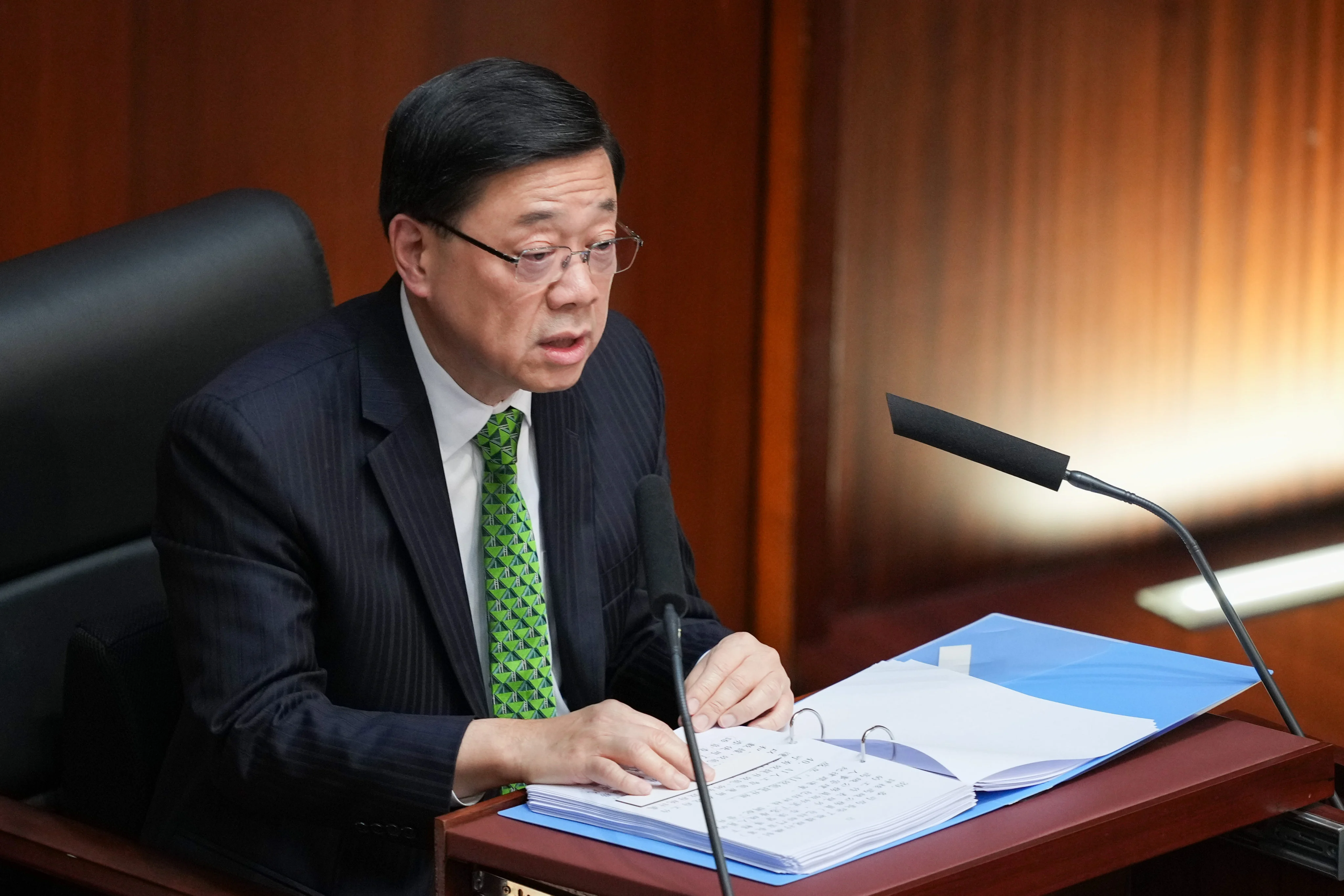
As we near the close of 2025 and inch toward resolving the $771 million fiscal hole facing transit agencies in northern Illinois, one striking feature of the noisy debate over transit is the marginalization of Black voices when Black people make up both the majority of transit workforce and riders. Clearly, we appreciate the leadership of state Rep. Kam Buckner, D-Chicago, and Sen. Mike Simmons, D-Chicago, who have tirelessly advocated for transit. Additionally, transit advocate Jacky Grimshaw and CTA Advisory Board Chair Katanya Raby have provided powerful commentary.
But apart from them, and you’d have to be a transit nerd to know them, Black voices are not in the room, even though Black people will be the segment of Chicagoland most affected by legislative action in the veto session.
Black people deliver the most transit services in the Chicago area. They make up 73% of the employee base of the CTA, the largest of three transit service boards.
So, while Black people disproportionately deliver the services we all benefit from, their voices and contributions are almost invisible in the transit discourse. Look no further than the recent opening celebrations of the Red and Purple Line Modernization (RPM) rail stations on the North Side when dignitaries across all levels of government were profusely thanked with one notable exception.
Barack Obama, the 44th president.
The first phase of the RPM project that opened four new accessible rail stations would not have been possible without an eleventh-hour grant agreement signed by President Obama’s Federal Transit Administration in January 2017. Yet during the celebrations, not one official thanked him or his administration by name.
The omission of Obama as a key figure making that project possible is indicative of the ways in which Black voices are overlooked at best or downright silenced at worst in the ongoing transit discussions in our state and nationally. Two patterns locally that stand out to me are the weaponization of the lack of transit usage against Black elected or appointed officials and the overindexing of the feelings of white transit users and suburban politicians versus the data and facts.
We see that in the Senate and House versions of the bill, there is a clause to “professionalize” transit board appointees by requiring transit usage as a condition of appointment. Couple that with open contempt for Black officials who do not take public transit on a regular basis that is often hurled from the most vocal transit advocates who by and large come from the North Side and have the best service and most choices for public transportation in the city. Even former CTA President Dorval Carter Jr. was lambasted for not taking the service, but given where he lives, would that have actually been the best use of his time regularly, considering the demands of the job?
Most of Chicago’s Black elected officials hail from communities that have received the least reliable and less frequent service in the entire city — think North Lawndale, Austin to the west and the 100s and Englewood to the south. Yet, Black elected officials have been almost bullied into not speaking about the service their constituents face because of the public harassment around transit usage. Across the region, Black residents have the longest travel time and white residents the quickest according to the the Chicago Metropolitan Agency for Planning (CMAP).
This highlights the pattern of prioritizing the feelings of white transit users and suburban politicians in the discourse. The majority of people who attend and submit comments at City Council, CTA and RTA board meetings are not Black, yet their constant chorus on safety and reliability does not match the data. By and large, the data bears out that the people with the least safe conditions and less frequent service live on the South and West sides of town — people who either don’t have time or the privilege to come to meetings in the daytime on weekdays. Further, they are the folks who tend to be the most satisfied or neutral about service because they don’t have any other choices.
Parallel to that are the cries for “equity” from suburban officials who claim “they are carrying the city” financially as it relates to contributions and service. I served on the McHenry County Transportation Committee when I was a Lake in the Hills village trustee from 2009 to 2015, and I can unequivocally co-sign that the suburbs could use more transit funding.
However, to make claims that collar counties are carrying the city or that they want to “see more” for what they contribute is a dangerous mischaracterization of the facts. Many suburban communities are oversubscribed today in funding getting more service than they are paying for. We have seen the rhetoric and repeated pledges related to equity and the equitable distribution of service by all the players in this discussion, and that was allegedly the lens by which the 2023 CMAP Plan of Action for Regional Transit (PART) report was created. Yet only one PART steering committee member abstained from voting to advance the report after having his concerns about equity roundly unanswered.
And to be clear, under the RTA’s leadership, the region has committed to equity — geographic equity, not human equity. The CTA carries close to 85% of the humans using transit in northeast Illinois yet the current funding formula delivers only about 46% of the operational capital. Kudos to the House and Senate, which appear to agree on taking care of that systemic inequity regardless of the outstanding governance and revenue options. The key will be to make sure the revenue picture makes sense to the challenge it is attempting to solve.
The complexities of the funding shortfall facing transit in northeast Illinois are not unique to us. This scenario is playing out in Philadelphia and will be a topic of other communities across the U.S. more so now with the current federal administration, which is focused on streamlining regulations and project delivery while scaling back on climate and equity initiatives.
It is imperative that we get it right for northeast Illinois and make an effort to seek out more Black voices across the riders, labor and general public.
Denise Barreto is the former chief equity and engagement officer for the CTA and was a member of the McHenry County Transportation Committee when she served as a Village Board trustee in Lake in the Hills from 2009 to 2015.



